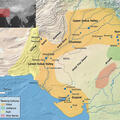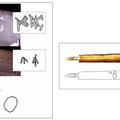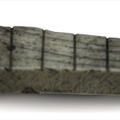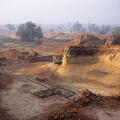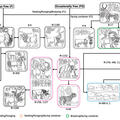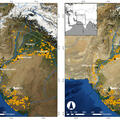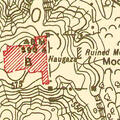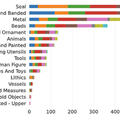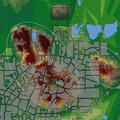Semantic scope of Indus inscriptions comprising taxation, trade and craft licensing, commodity control and access control: archaeological and script-internal evidence
The author brings together a great deal of information to argue that "inscribed stamp-seals were primarily used for enforcing certain rules involving taxation, trade/craft control, commodity control and access control," and in relating stamp seals and tablets, that "such tablets were possibly trade/craft/commodity-specific licenses issued to tax-collectors, traders, and artisans," (p. 1).

